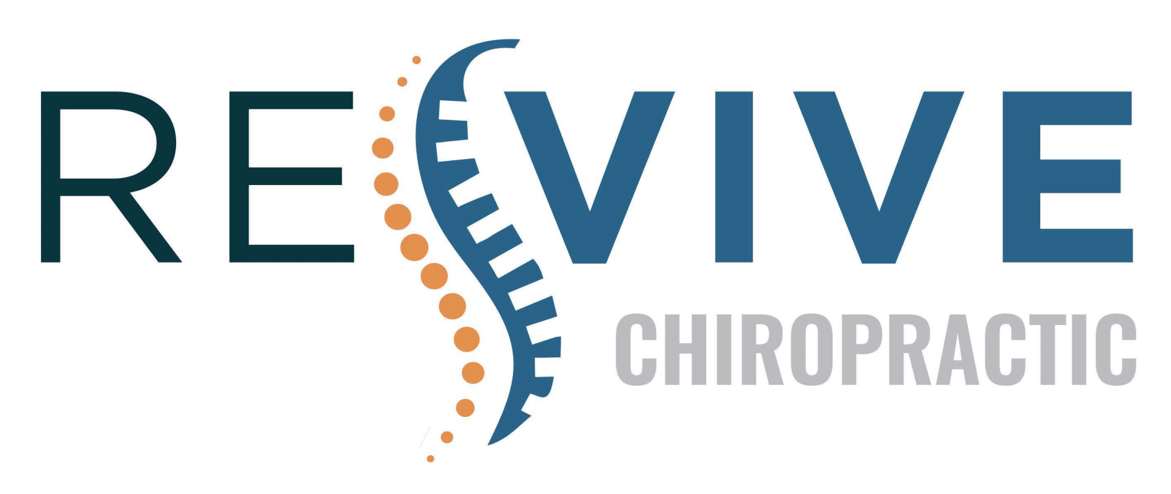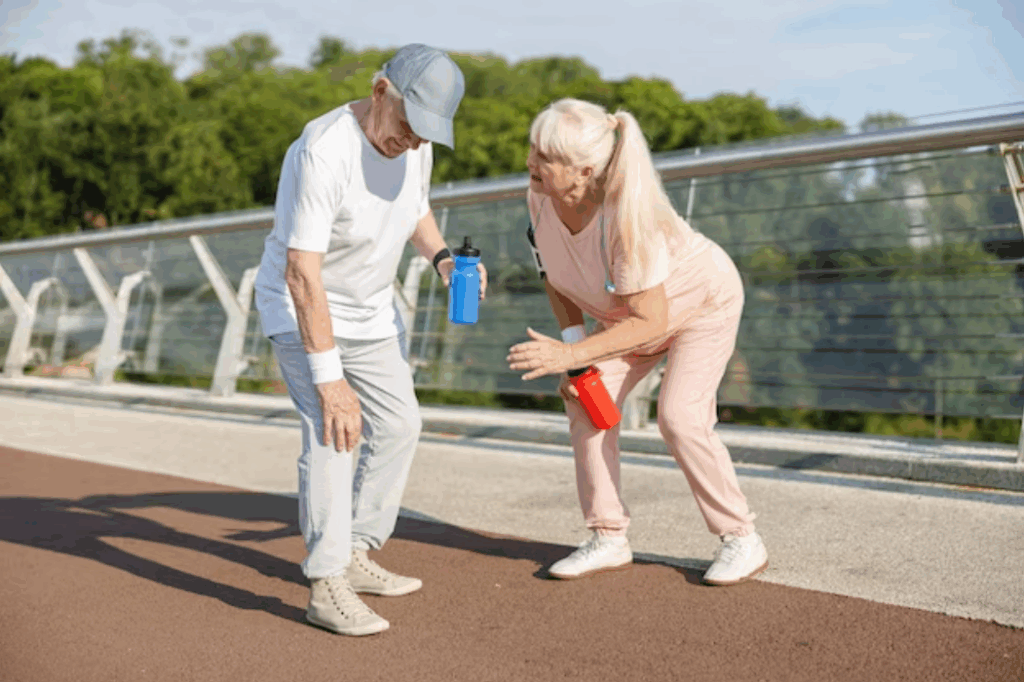When you focus on boosting your mobility and flexibility, you're not just enhancing your physical performance; you're also setting the stage for a healthier, more active life. By improving your range of motion, you can reduce the risk of injury and make everyday tasks feel less intimidating. Regular mobility work can lead to better posture and alleviate discomfort, which might surprise you. But there's more to these benefits than meets the eye, and understanding them could change how you approach your fitness routine. Curious about how this impacts your mental health and daily functionality?
Enhanced Physical Performance
Enhanced physical performance is essential for anyone looking to maximize their potential in sports or daily activities. To achieve this, you need to focus on various aspects of your training, including strength, power, endurance, and, importantly, mobility and flexibility.
These components work together to guarantee you can move efficiently and effectively, whether you're sprinting on the track or lifting weights at the gym.
Incorporating mobility and flexibility exercises into your routine can greatly improve your range of motion and overall athleticism. Activities like dynamic stretching, yoga, or foam rolling can help you loosen tight muscles and joints, allowing you to perform movements with greater ease.
This increased range of motion not only enhances your performance but also contributes to better posture and alignment, reducing the risk of compensatory movements that could hinder your abilities.
You'll find that as your mobility and flexibility improve, your strength and power output follow suit. For example, when you can achieve deeper squats or more extended lunges, your muscles activate more effectively, translating to better performance in sports.
Additionally, increased flexibility allows for smoother shifts between movements, which is vital in competitive environments.
Injury Prevention
Injury prevention is a vital component of any training program, and it goes hand in hand with improving mobility and flexibility. When you enhance your range of motion, you're not just boosting performance; you're also reducing your risk of injuries. Tight muscles and restricted joints can lead to strains, sprains, and even more severe injuries. By focusing on mobility and flexibility, you allow your body to move more freely and efficiently.
Incorporating dynamic stretching and mobility exercises into your routine warms up your muscles and increases blood flow. This prepares your body for more intense activities, making injuries less likely. Additionally, working on flexibility helps maintain the elasticity of your muscles and tendons, which is essential for absorbing shock during physical activities.
It's also important to address muscle imbalances. Often, certain muscle groups become stronger while others remain weak, leading to uneven stress on your body. Mobility work helps identify and correct these imbalances, allowing for a more stable and resilient physique.
Lastly, remember to listen to your body. If you feel tightness or discomfort, don't push through the pain. Instead, take the time to stretch and improve your flexibility. Over time, this proactive approach won't only prevent injuries but also support your overall physical well-being.
Improved Posture
Improving your posture starts with strengthening your core muscles, which play an essential role in supporting your spine.
When your core is strong, you can maintain better spinal alignment, reducing strain and discomfort.
Strengthened Core Muscles
When you strengthen your core muscles, you not only boost your overall strength but also improve your posture greatly. A strong core is essential for maintaining proper alignment in your body, which helps you stand tall and confident.
When your core muscles are engaged, they stabilize your spine, allowing your shoulders to relax and your head to sit comfortably over your pelvis.
By focusing on core exercises such as planks, bridges, and abdominal twists, you're building the muscles that support your spine and pelvis. This foundation reduces the strain on your back and helps prevent slouching or leaning forward.
You'll notice that when you sit or stand, your body feels more balanced, and you're less likely to experience discomfort.
Additionally, improved posture can enhance your breathing and digestion, as your organs have more space to function efficiently.
You'll find that as your core becomes stronger, everyday activities like walking or lifting become easier and more effective.
Aligned Spinal Positioning
Maintaining an aligned spinal position is essential for overall health and well-being. When your spine is properly aligned, you reduce the risk of strain and injury, which is vital for staying active. Good posture supports your body's natural curves, allowing for better weight distribution and less pressure on your joints.
You may not realize it, but poor posture can lead to a range of issues, including back pain, headaches, and fatigue. By focusing on spinal alignment, you can alleviate these problems and improve your overall comfort.
When you sit or stand with your spine aligned, you'll find it easier to breathe deeply, improving your oxygen intake and energy levels.
Incorporating exercises that promote spinal alignment, like yoga or Pilates, can greatly enhance your posture. These activities work to strengthen the muscles that support your spine, making it easier for you to maintain a healthy position throughout your day.
Increased Range of Motion
Increasing your range of motion can greatly enhance your joint functionality, making everyday movements smoother and easier.
This improvement not only boosts your athletic performance but also plays an essential role in preventing injuries.
Enhanced Joint Functionality
Enhanced joint functionality is essential for achieving a greater range of motion, allowing you to move more freely and comfortably in your daily activities. When your joints function effectively, you can perform tasks like bending, reaching, and twisting without discomfort or restriction.
This flexibility is vital for maintaining an active lifestyle and preventing injuries.
To enhance your joint functionality, consider incorporating regular stretching and mobility exercises into your routine. These activities target the muscles and tendons surrounding your joints, improving their elasticity and strength.
You'll notice that as your joints become more mobile, your overall posture and alignment will also improve, leading to better body mechanics.
It's important to listen to your body during this process. If you experience pain or discomfort while stretching or exercising, it's wise to consult with a healthcare professional.
They can help you develop a personalized plan that suits your needs.
Improved Athletic Performance
Releasing your full athletic potential often hinges on your range of motion. When you improve your flexibility, you allow your joints and muscles to move more freely, enabling you to execute movements with greater ease and efficiency. This increased range of motion can greatly enhance your athletic performance, whether you're sprinting, jumping, or swimming.
With a more flexible body, you can achieve deeper squats, higher jumps, and smoother strides. This not only helps you perform exercises more effectively but also maximizes the power output of your muscles. You'll find that you're able to generate more force, which translates into improved speed and strength during your workouts or competitions.
Moreover, enhanced flexibility allows for better body awareness and control, helping you refine your techniques in various sports. You might notice that you're able to maintain ideal form, reducing the risk of fatigue and improving your overall stamina.
As a result, you'll likely see gains in your performance, leading to personal bests and a heightened sense of accomplishment. So, prioritize your flexibility training, and watch how it elevates your athletic capabilities to new heights.
Injury Prevention Strategies
Flexibility plays an essential role in injury prevention, as it directly contributes to an increased range of motion. When you maintain good flexibility, your muscles and joints can move more freely, which helps you avoid strains and sprains during physical activities.
Incorporating regular stretching into your routine can greatly enhance your overall mobility, allowing your body to adapt better to various movements.
To effectively boost flexibility, consider dynamic stretching before workouts and static stretching afterward. Dynamic stretches, like leg swings and arm circles, warm up your muscles and prepare them for action. Static stretches, held for 15-30 seconds, help elongate muscles and improve flexibility post-exercise.
Also, don't forget about strength training. Building balanced strength in muscles surrounding your joints can stabilize them, reducing the risk of injuries. Activities like yoga and Pilates not only enhance flexibility but also focus on core strength and stability, further protecting against injuries.
Lastly, listen to your body. If you feel tightness or discomfort, take it seriously. Address these issues through targeted stretching or rest.
Better Mental Health
Engaging in regular physical activity not only boosts your mobility but also considerably enhances your mental health. When you make exercise a part of your routine, you're likely to experience a significant reduction in feelings of stress and anxiety. This effect is largely due to the endorphins released during physical activity, which act as natural mood lifters. You'll find that even a simple walk can clear your mind and improve your outlook.
Moreover, exercising regularly can help combat symptoms of depression. When you push yourself physically, you're not just strengthening your body; you're also fostering a sense of accomplishment. Setting and achieving fitness goals can instill confidence and promote a positive self-image, which are essential for mental well-being. Each time you complete a workout, you reinforce the belief that you can overcome challenges, both in fitness and in life.
Social interaction is another mental health benefit that comes from exercise. Whether you join a fitness class or simply go for a run with a friend, the social connections you build can provide emotional support and reduce feelings of isolation. Sharing your fitness journey with others can create a sense of community that uplifts your spirits.
Finally, the routine of physical activity can improve your sleep patterns. Better sleep leads to enhanced cognitive function and improved mood, making it easier to handle daily stressors.
Enhanced Daily Functionality
With regular physical activity, you'll notice a remarkable improvement in your daily functionality. You'll find everyday tasks becoming easier and less taxing, whether it's climbing stairs, carrying groceries, or playing with your kids. Increased mobility and flexibility enhance your ability to perform these activities with greater ease and confidence.
As you build strength and flexibility through exercise, you'll also experience a boost in your overall energy levels. This means you won't feel as fatigued after a long day, allowing you to engage more fully in both work and leisure activities. Imagine finishing your workday and still having the energy to pursue hobbies or enjoy quality time with family.
Moreover, enhanced daily functionality leads to better posture and balance, reducing the risk of falls and injuries. You'll feel steadier on your feet, which is particularly important as you age. Improved coordination makes it easier to navigate your environment, whether you're walking on uneven surfaces or participating in group activities.
When you're more functional in your daily life, you'll likely experience a greater sense of independence. You won't have to rely on others as much for help with tasks you can easily accomplish yourself. This independence fosters a sense of accomplishment and boosts your overall well-being.
In short, embracing physical activity not only enhances your mobility and flexibility but also transforms your daily life, making it more enjoyable and fulfilling.
Conclusion
By boosting your mobility and flexibility, you're not just enhancing your physical performance; you're also setting yourself up for a healthier, more active lifestyle. You'll notice improvements in your posture, a reduced risk of injuries, and an increased range of motion that makes daily tasks easier. Plus, the mental benefits can't be overlooked—feeling good in your body can uplift your mood. So, embrace mobility and flexibility exercises, and enjoy the positive changes they bring to your life!



